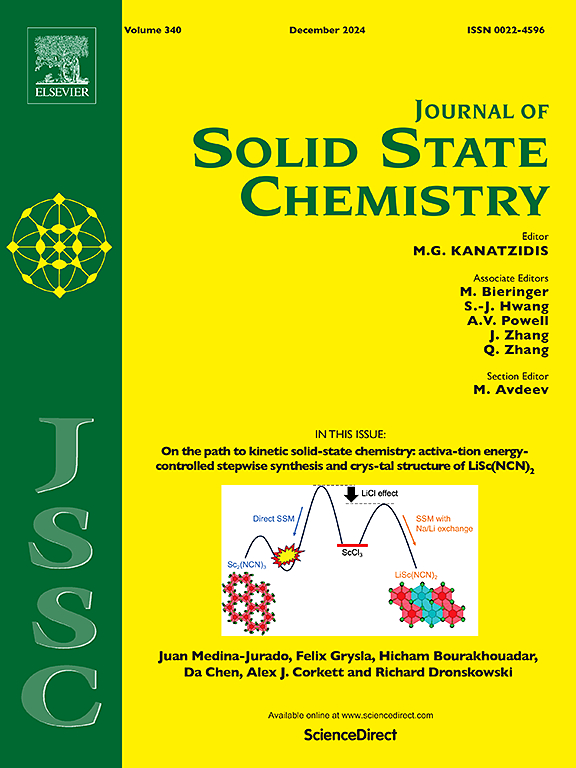多金属氧酸修饰的金属-有机骨架复合材料(P2W16Ni2O62/MIL-101(Cr)/CuFe2O4)作为一种新型快速纳米吸附剂,对水中有毒有机染料进行了磁吸附去除
IF 3.2
3区 化学
Q2 CHEMISTRY, INORGANIC & NUCLEAR
引用次数: 0
摘要
本研究重点研究了磁性纳米吸附剂P2W16Ni2O62/MIL-101(Cr)/CuFe2O4,展示了其去除阳离子染料的巨大潜力。采用FT-IR、XRD、BET、SEM-EDX、吸附量和VSM对合成的纳米吸附剂进行了表征。结果表明,纳米吸附剂的表面积为1012.2 m2/g,吸附量为MB 342.12 mg/g, mg 296.80 mg/g, CV 496.56 mg/g。采用响应面法(RSM)和Box-Behnken设计(BBD)对吸附参数进行优化。最佳条件为pH = 10,染料浓度为50 mg L−1,磁性纳米吸附剂用量为0.03 g/L。动力学研究表明,染料的吸附符合准二阶(PSO)动力学模型和Langmuir等温线模型,表明了基于吸附能计算的化学吸附机理。热力学分析证实了吸附过程是吸热自发的。根据稳定性测试,该吸附剂在五次重复使用循环中保持其结构完整性和化学成分,突出了其在废水染料去除方面的实际应用潜力。本文章由计算机程序翻译,如有差异,请以英文原文为准。
Magnetic adsorptive removal of toxic organic dyes from water by using a polyoxometalate-modified metal-organic framework composite (P2W16Ni2O62/MIL-101(Cr)/CuFe2O4) as a novel fast nano-adsorbent
This study focuses on a magnetic nanoadsorbent, P2W16Ni2O62/MIL-101(Cr)/CuFe2O4, demonstrating the significant potential for removing cationic dyes. The synthesized nanosorbent was characterized by FT-IR, XRD, BET, SEM-EDX, sorption capacity and VSM. The obtained results revealed that the nanosorbent has a surface area of 1012.2 m2/g, and notable sorption capacity: 342.12 mg/g for MB, 296.80 mg/g for MG, and 496.56 mg/g for CV. The research optimized the adsorption parameters using Response Surface Methodology (RSM) and Box-Behnken Design (BBD). The optimal conditions included a pH of 10, a dye concentration of 50 mg L−1, and a magnetic nanosorbent amount of 0.03 g/L. The kinetic studies showed that the adsorption of dyes aligns with the pseudo-second-order (PSO) kinetic model and the Langmuir isotherm model, indicating a chemisorption mechanism based on the adsorption energy calculations. The thermodynamic analyses confirmed that the adsorption processes were endothermic and spontaneous. According to the stability tests, the adsorbent retains its structural integrity and chemical composition over five reuse cycles, highlighting its potential for practical applications in wastewater dye removal.
求助全文
通过发布文献求助,成功后即可免费获取论文全文。
去求助
来源期刊

Journal of Solid State Chemistry
化学-无机化学与核化学
CiteScore
6.00
自引率
9.10%
发文量
848
审稿时长
25 days
期刊介绍:
Covering major developments in the field of solid state chemistry and related areas such as ceramics and amorphous materials, the Journal of Solid State Chemistry features studies of chemical, structural, thermodynamic, electronic, magnetic, and optical properties and processes in solids.
 求助内容:
求助内容: 应助结果提醒方式:
应助结果提醒方式:


